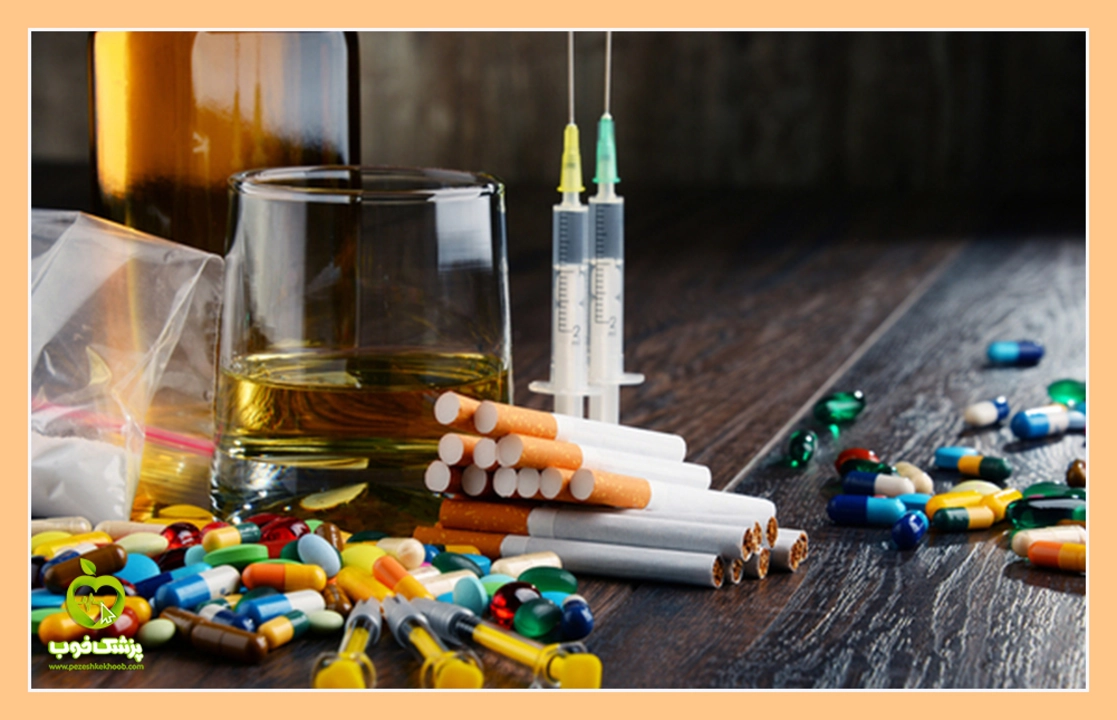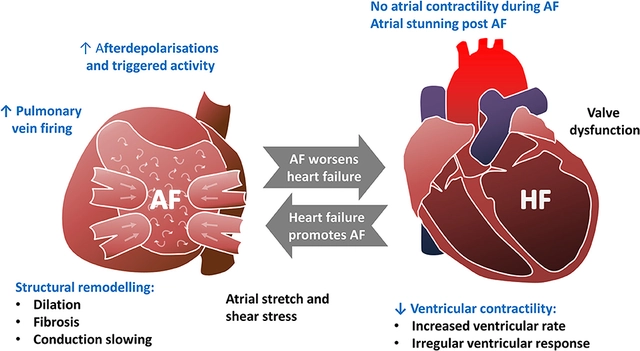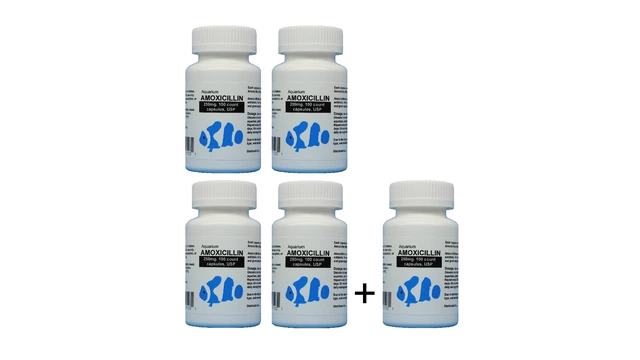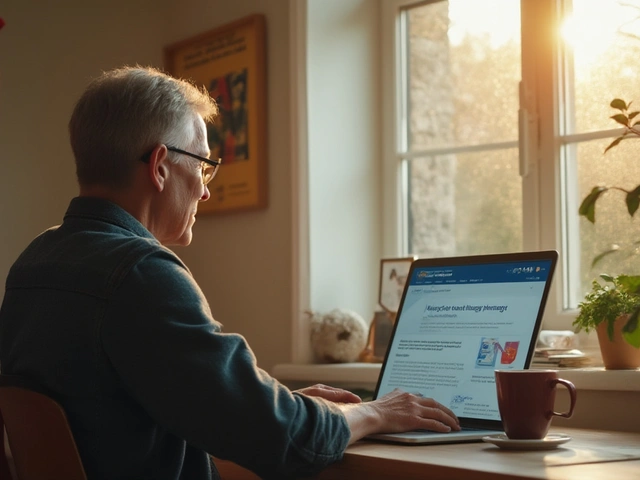The Potential Role of Rivaroxaban in Treating Heart Failure
May 11 2023Substance Abuse — what to watch for and what to do
Worried someone is using drugs or alcohol too much? You’re not alone. Substance abuse can show up in small changes — mood swings, missed work, money problems — and in serious risks like overdose or unsafe mixing of meds. This page gives clear, usable steps: how to spot problems fast, how to act in an emergency, and where to find safer treatment and support.
Spotting substance abuse: simple signs
Look for sudden behavior shifts: falling asleep during the day, secretive habits, or losing interest in hobbies. Physical signs include weight changes, slurred speech, shaky hands, or track marks. If prescription meds go missing or someone is shopping many online pharmacies, that’s a red flag. Don’t ignore repeated relationship fights tied to substance use — those matter.
Remember: one or two signs don’t prove addiction. But several signs over time mean it’s time to ask questions and offer help.
Immediate steps if you suspect danger
If a person is unresponsive, breathing slowly, or has blue lips/face, call emergency services right away — these are overdose signs. If opioids are involved and you have naloxone (Narcan), give it and keep watching until help arrives. For benzodiazepines or alcohol, keep the airway open and monitor breathing. Never leave an overdosing person alone.
If the issue is risky medication use (mixing alcohol with antidepressants, using steroids without advice, buying drugs from sketchy online stores), stop the risky behavior, keep pills in a safe place, and talk to a pharmacist or doctor about safer options.
Want practical reading? Our site has guides on safe online pharmacies and buying meds like sertraline or Decadron — useful if someone is self-medicating or sourcing drugs online.
Short-term harm reduction helps: avoid using alone, test unknown pills if testing kits are available, and never mix depressants (alcohol, opioids, benzodiazepines).
Finding treatment and ongoing support
Treatment looks different for everyone. Options include counseling, support groups (like SMART Recovery or 12-step), and medication-assisted treatment for opioid dependence (buprenorphine, methadone) or alcohol dependence (naltrexone, acamprosate). Talk to a primary care doctor or addiction specialist to see what fits.
If you’re helping a loved one, set clear boundaries, encourage treatment, and get support for yourself. Family therapy and local support groups help you stay steady without enabling harmful behavior.
Need a quick next step? Call your local health line, contact a nearby clinic, or search for addiction services by city. If cost is a worry, ask clinics about sliding-scale fees or community programs. Recovery is messy and slow, but getting practical help early makes a big difference.
If you want tailored resources from this site — like safe pharmacy checks or medication guides — use the search box or check our articles on safe online pharmacy practices and treatment options. You don’t have to sort this alone.
 27 Apr
27 Apr
The Role of Buspirone in Treating Substance Abuse and Addiction
As a blogger, I've recently been researching the role of Buspirone in treating substance abuse and addiction. It turns out that this medication, primarily used for anxiety disorders, has shown promise in helping with addiction management. Some studies suggest that Buspirone can help reduce cravings and withdrawal symptoms, making it easier for individuals to stay on the path to recovery. Additionally, it has fewer side effects compared to other medications used for addiction treatment. Overall, Buspirone appears to be a promising option for those looking to overcome substance abuse, and I'm hopeful that more research will continue to highlight its benefits.
Read More...




